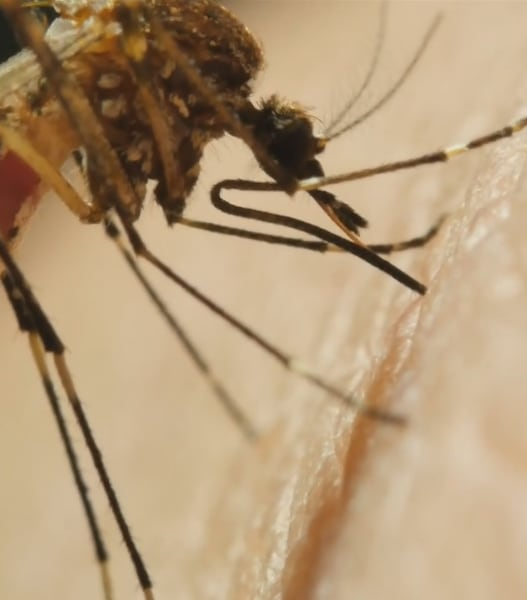Bumper Golden Retriever and Black Labrado, a peanut, are progressive neurological that affect more than 8.5 million people worldwide.
The dog learned to distinguish the sebaceous swab of people with PDs. Their efforts are a study at Parkinson Bottle JournalScientists make one step closer to developing faster and more accessible methods for early PD detection.
Claire Guest, the CEO and CEO of Charitable Medical Detective Dogs, who have been trained, said, “There is no early test for PD, and it can begin for up to 20 years before the symptoms are noticeable and constantly diagnosed.
“Timely diagnosis is key because subsequent treatment can slow down the progression of the disease and reduce the strength of the symptoms.”
The author of Nicola Rooney, a wildlife health and preservation associate professor of the University of Bristol, adds: “PD’s diagnostic biomarkers, especially those who can predict or diagnose disease diagnosis, are subjects of ongoing research.”
The dog has a strong sense of smell and has been trained to detect the smell of various diseases, from prostate cancer to malaria and covid-19. They select changes in volatile organic compounds (VOC) emitted by urine, feces, skin swabs and breathing samples in response to the changes in the body.
The initial acupuncture motor symptoms of the PD are “seborrheic dermatitis”, and excessive sebum (wax, oily body fluid) is excreted in the sebaceous gland.
The author of the study said, “This is associated with lipid control control and can be used as an indicator of disease.
The new study finds that it supports the initial study, which found that the dog can be trained to detect the smell of Parkinson’s disease in sebum swabs. But according to the author, this previous effort has “provided limited information on dog training and testing.”
“Dogs are effectively measured, so it is important to provide more information about training, correction and testing.”
In this study, bumper and peanuts were trained by a professional dog trainer using the established protocol. Immediately after the diagnosis of the PD, they were trained for skin swabs from the patient, and from a healthy individual to a patient with different neurological conditions, they were trained by the control group.
The sample was presented in the stand system. Dogs were rewarded for correctly representing a sheep sample and correctly ignoring negative samples.
Then it was tested in a double blind test that did not know what kind of sample it was for dogs, trainers or researchers.
ROONEY said, “The dogs of this study have achieved high sensitivity and specificity and have shown that there is a separate smell of signature.
The bumper and peanuts have correctly checked the samples taken from patients with 70% and 80% of PD (sensitivity) and patients with 90% and 98% without PD (specific).
The bumper is a bit less skilled in this task, and the researchers say that the two dogs can “reflect the subtle differences of personality change or training.”
Nevertheless, Rooney says there is a sensitivity level of 70%and 80%.
Perdita Barran, a mass analysis professor at the University of Manchester, says: “This study is a simple and non -invasive skin swab that diagnoses Parkinson’s disease and provides a faster and more accessible way for early detection.”






































